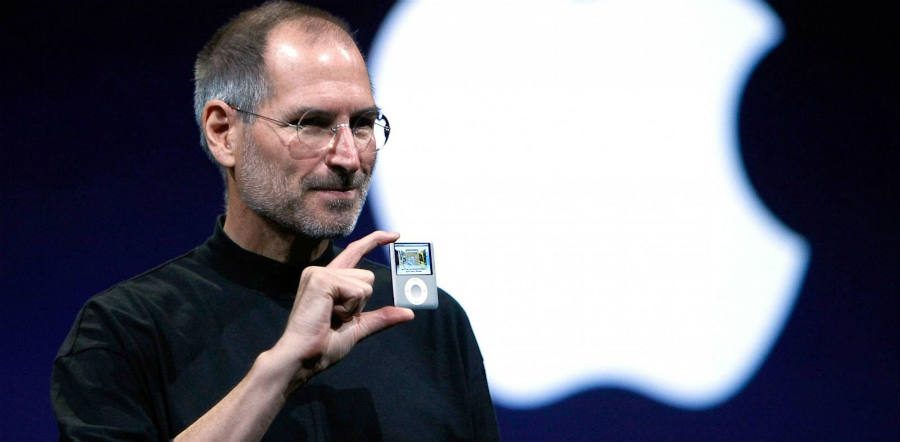Many people regard the iPod as the most recognizable media player and portable electronic device in history. It has sold more than 350 million units and created a whole new market of portable media players.
The iPod Classic (1st generation), only called ‘iPod’ at the time of its unveiling, came out 15 years ago on October 23rd, 2001. The advertising tagline was “1,000 songs in your pocket,” a bold statement. It featured a white finish with an LCD screen and 5GB of storage.
A decade and a half later, after major events like the introduction of the iPhone, the iPod changed the way users around the world listen to music. A feat that is worth celebrating, even though its sales have lowered consistently.
How did the iPod come to be so popular?
The first generation of iPods did not sell as expected. The MP3 devices only worked with Macintosh computers and had a price tag of $399, which many users deemed too high for its 5GB storage. Apple released a 10GB version in 2002, but it did not solve the problem.
In 2003, the company finally introduced Windows support and a version of its popular media software, iTunes, for the Windows OS. This announcement, along with the release of the iTunes Music Store, galvanized music fans into buying the device, which offered the ease of use and accessibility that users commonly enjoy today on their digital devices.
The iPod has changed a lot during the last 15 years
The iPod’s increased popularity and sales prompted Apple into releasing newer versions and changing its technological specs to try out new ideas. Most of the upgrades first included in the iPod’s newer generations intended to expand the market and make it more affordable.
The addition of the iPod Mini (2004), the iPod Shuffle (2005), and the best-selling iPod Nano (2005) created an iPod-only market for all users and all needs.
No rival company could trump the extent of Apple’s dominance in MP3 sales. Microsoft introduced its version of the portable media device, called the Zune, in 2007, which generated modest sales, but it was discontinued.
Steve Jobs presented the iPhone as a substitute for the iPod
The introduction of the iPhone (2007), signaled a huge change in the mobile industry, an upgrade of itself that contained all of its functions along with the capabilities of a cellular phone.
Steve Jobs himself presented the iPhone as a substitute and a successor, not an alternative, of the iPod.
The gadget now holds a paramount niche in the history of technological advancement, regarded as the next step in music reproduction.
From the gramophone to the turntable, the Walkman, and the Discman, the iPod helped turn digital and readily available music into a standard for everyone.
Source: Engadget





